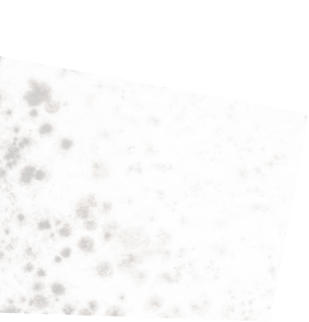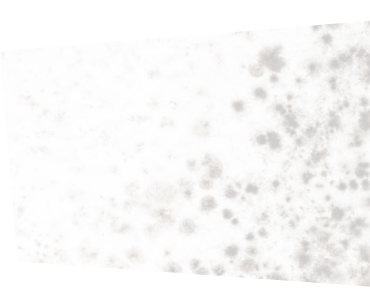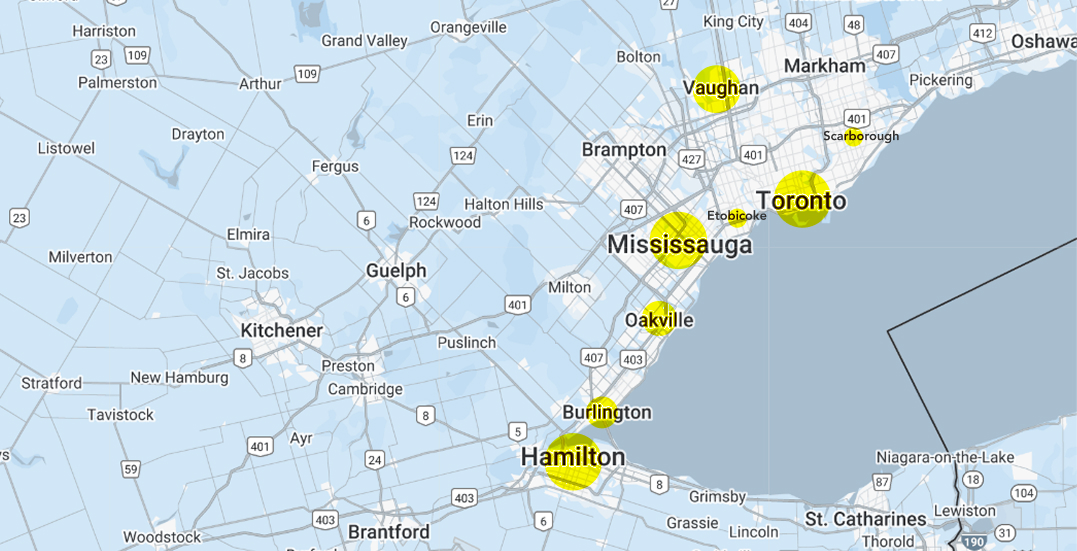In response to mold removal in Toronto, air disinfecting is a vital but often overlooked process. As crucial as physical mold removal from surfaces is, airborne mold spores can still have serious health consequences. The ideal approach to disinfect mold from the air is via a process that uses air purification, dehumidification, and professional-grade remediation techniques to provide long-term indoor air quality and safety.
Mold spores are microscopic and naturally present in the environment. When mold, infests indoors, especially under humid or damp conditions, the spore levels can be extremely high, infecting the air and causing allergies, asthma, or other respiratory issues. The spores can also linger in the HVAC system, carpeting, upholstery, and even stick to particles of dust.
High-Efficiency Particulate Air (HEPA) filters are efficient at removing mold spores from the air. HEPA-filtered air scrubbers are routinely used by professionals on remediation projects to filter indoor air.
Ultraviolet germicidal irradiation can disable airborne mold spores by destroying their DNA so that they cannot reproduce. UV-C lights are often installed in HVAC systems for continual protection.
Keeping relative humidity under 50% prevents the growth of mold. Ventilation and dehumidifiers in combination provide a condition where mold cannot grow or spread.
DIY methods may decrease airborne mold but don’t provide maximum protection. Certified experts such as Inch by Inch Inspections utilize industry-level equipment, such as thermal imaging and air quality testing, to detect, eliminate, and keep mold spores from recirculating.






